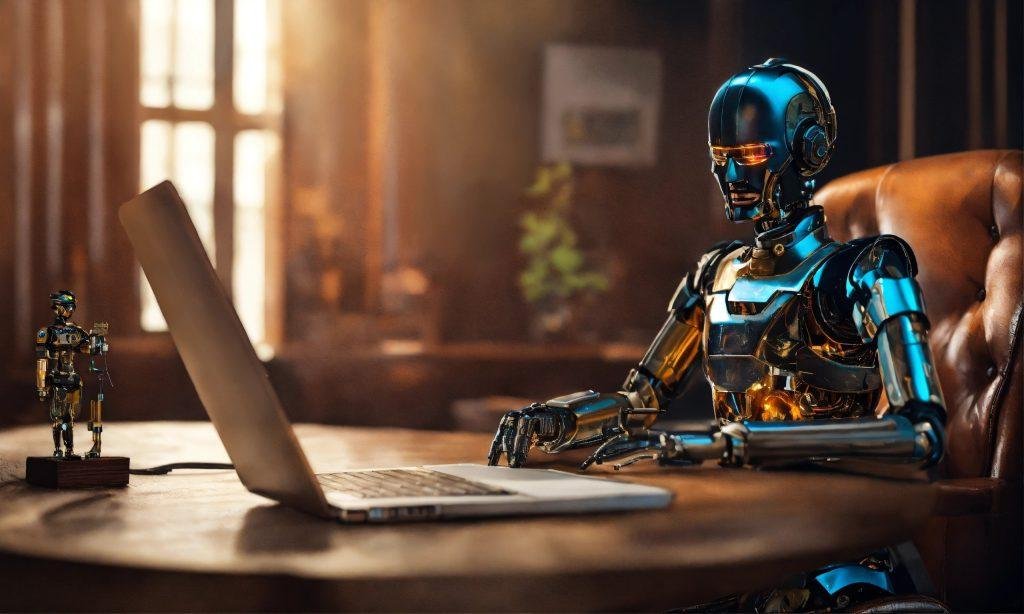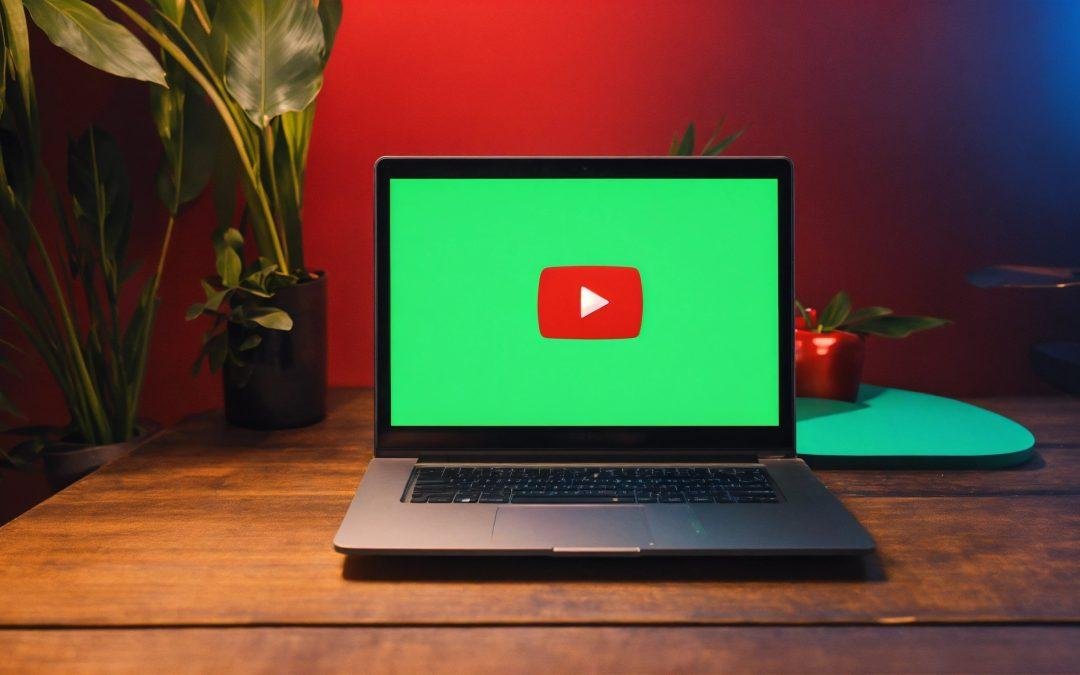YouTube is rolling out a new requirement for creators that use AI video tools. The largest video hosting platform in the world is not requesting, but insisting, any videos generated with the help of artificial intelligence must include a warning label.
The label is intended to keep viewers from being fooled by “manipulated” content generated with AI tools. The company believes this content poses a significant danger capable of causing “egregious harm.”
AI tools can fool humans
AI technology has advanced to a point where it is difficult to detect fake from real. Not only is it easy to create fake content — videos, images, text — that can seem real, AI can do it quickly. And just about anyone can access it now.
Digital analysts have expressed growing concern over the rapid advancement and widespread accessibility of AI. Their fear stems primarily from its potential misuse in content creation, manipulating narratives and distorting truth.
The ability of AI to generate seemingly authentic content at an unprecedented speed poses a daunting challenge for analysts. They find it increasingly difficult to discern the veracity of the content, especially when it proliferates across digital platforms at an explosive pace. This development could lead to the spread of misinformation, potentially causing social and political unrest, which underscores the urgent need for measures to help users identify AI-generated content.

YouTube and others require a label for AI content
YouTube is among a handful of other platforms trying to crack down on AI content. TikTok requires a label for AI content, particularly when a video shows real-looking scenes. Political advertisers must also disclose AI-generated content on Facebook and Instagram.
According to YouTube, users will only need to add the AI label to synthetic content that is “realistic.” If someone uploads a video of an event that didn’t happen in real life or someone saying something they didn’t, the label must be attached.
Suspension and loss of monetization
YouTubers who don’t add the label may be penalized, including content rejection and removal from YouTube’s Partner Program, for repeat offenses. Ironically, it is possible it will be some sort of AI that will determine if a user violated the terms. Additionally, the company promises to delete AI content by request if someone’s image or voice is mimicked without permission.
The new policy should not affect content creators who upload marketing or explainer-type videos generated with artificial intelligence. However, it’s still crucial that the video not be an attempt to mislead a viewer. Even with the AI label, it’s unlikely to deter viewers from watching the video unless YouTube is altering its algorithm somehow to discourage AI content from showing. It’s a very real, but not likely, scenario that YouTube would push human-generated content higher than AI.

Does AI-generated content really cause harm?
The implementation of mandatory AI labels by YouTube has sparked discussions on the ethical implications and responsibilities surrounding the use of AI technology. Some argue that this measure is necessary to protect users from being misled, while others believe it limits creative freedom and innovation.
Furthermore, there are concerns about the potential impact on the development of AI technology itself. With stricter regulations in place, will creators be less inclined to experiment and innovate with AI tools? Will this hinder the advancement and potential benefits of AI, or is it a necessary step towards responsible usage?
Ethical and responsible use of AI
These are important questions that require careful consideration as we continue to navigate the ever-evolving landscape of artificial intelligence. As technologies continue to advance at a rapid pace, it is crucial for platforms and creators to work together in promoting ethical and responsible use of AI. Only then can we harness the full potential of this powerful tool while safeguarding against its potential misuse.
With YouTube’s new policy on AI-generated content, we may see other platforms following suit and implementing similar measures. The future of AI and its impact on our digital landscape is yet to be fully realized, but with responsible usage, its potential for positive change is immense.


